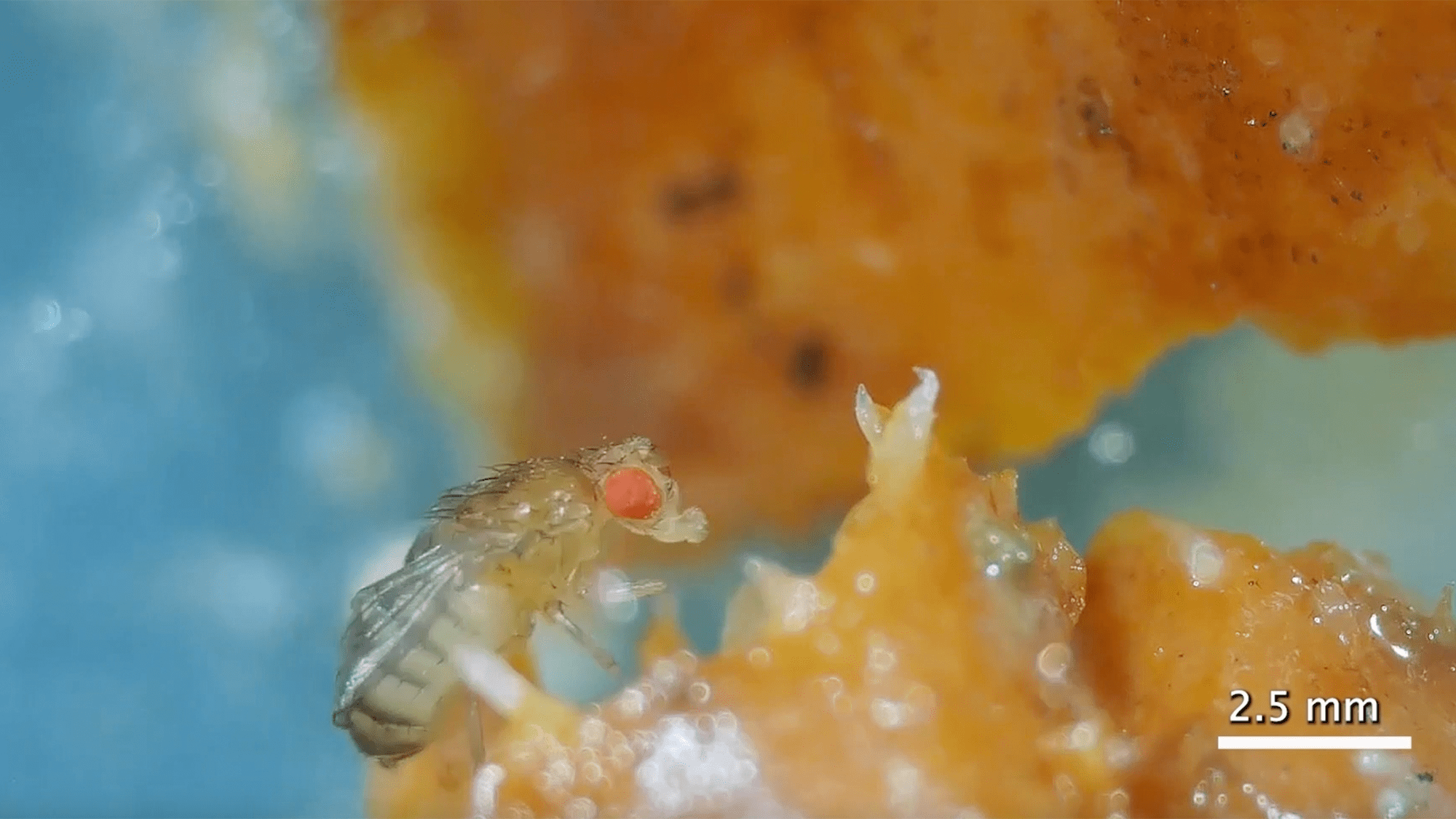Now Reading: India’s Growing Worm Towers: A Sustainable Solution Flourishes
-
01
India’s Growing Worm Towers: A Sustainable Solution Flourishes
India’s Growing Worm Towers: A Sustainable Solution Flourishes

Swift Summary
- Biologists estimate that nematodes (roundworms) account for four out of five animals on Earth, wiht over a million species inhabiting diverse environments.
- A recent study published in Current Biology documented a unique behaviour in wild nematodes: self-assembling into tower-like structures to explore their surroundings.
- These formations, called “worm towers,” enable thousands of worms to hitch rides on passing insects or bridge gaps to reach new habitats.
- The towers were observed naturally on rotting fruits and recreated in lab settings with similar results. In experiments, the structures moved towards contact points like the leg of an insect or plastic probes for dispersal purposes.
- All nematodes within the towers oriented their heads upward while undulating collectively in coordination. Scientists remain unsure about the sensory mechanisms enabling such collaboration.
- While larvae exclusively form towers in natural environments,worms of all ages participated under lab conditions. The reasons behind this discrepancy are unclear.
- Worm assemblies resemble strategies found only among certain rare organisms like slime molds (fruiting bodies),fire ants (rafts and bridges),and spider mites (silken balls).
- Researchers hope studying these behaviors will shed light on animal cooperation and collective decision-making.
Indian Opinion Analysis
The documented phenomenon adds intriguing depth to our understanding of nematode behavior and by extension, microbial ecosystems globally. For india-home to vast biodiversity across climates-this finding highlights how even commonly overlooked organisms possess complex adaptive traits critical for survival.
With implications ranging from evolutionary biology to ecological management, examining nematode interactions opens possibilities for better understanding soil health (where they play roles as decomposers or parasites) and pest control strategies essential for agriculture dominance. Worms’ ability to disperse collectively also raises broader scientific questions about group dynamics applicable across species-including humans.
These findings suggest that biological adaptability frequently enough stems from unnoticed features within ecosystems-a mindset crucial for India as it navigates balancing conservation efforts with industrial growth amidst climate change challenges.























